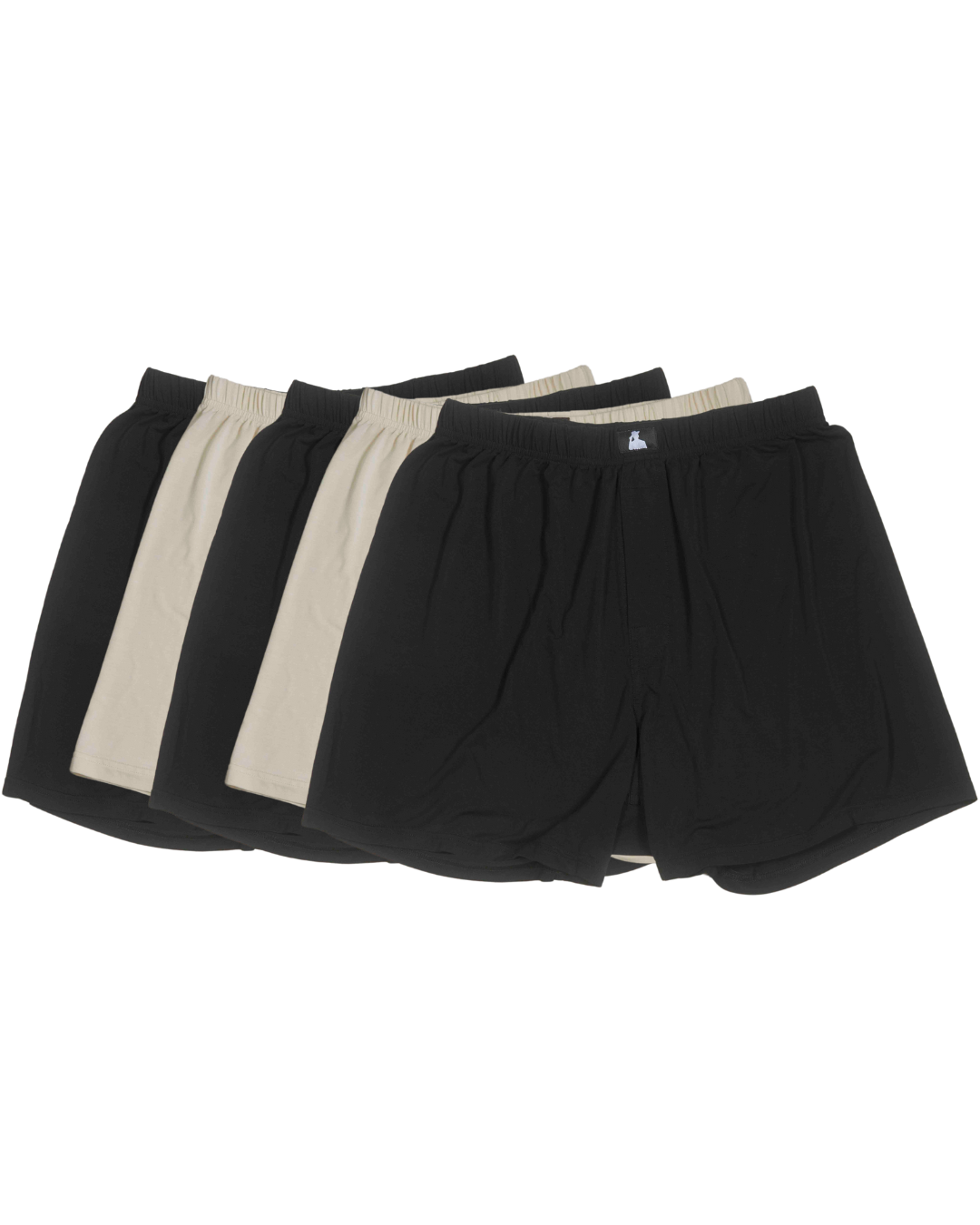Fertilitywear™ vs. Traditional Underwear: What You Need To Know
- Levine, 2022. Temporal trends in sperm count: a systematic review and meta-regression analysis – Human Reproduction Update. Source.
- Mínguez-Alarcón, 2018. Type of underwear worn and markers of testicular function among men attending a fertility center – Human Reproductive. Source.
- Ogle, 2019. Boxers or briefs? 4 common fertility myths debunked – Mayo Clinic. Source.
- Vij, 2019. Are You Unknowingly Lowering Your Sperm Count? When to Worry – Cleveland Clinic. Source.
- Healthline, 2025. Going Commando: Men and Women – Healthline. Source.
- Healthline, 2023. Tight Underwear: Pros & Cons, and Things to Consider – Healthline. Source.
- Rehman & Usman, 2018. Endocrine disrupting chemicals and impact on male reproductive health – Translational Andrology and Urology. Source.
- Wilson, 2022. Toxic Textiles: The Chemicals in Our Clothing – EarthDay.org. Source.
- WWF, 2023. Cotton – World Wildlife Fund. Source.
- Sanders, 2020. Bamboo: Eco-friendly fabric or environmental disaster? – Euronews. Source.
- Wallis, 2023. Common Chemicals May Harm Sperm and Pregnancies, Growing Evidence Shows – Scientific American. Source.


